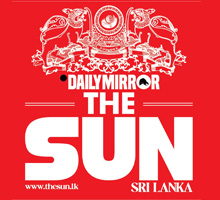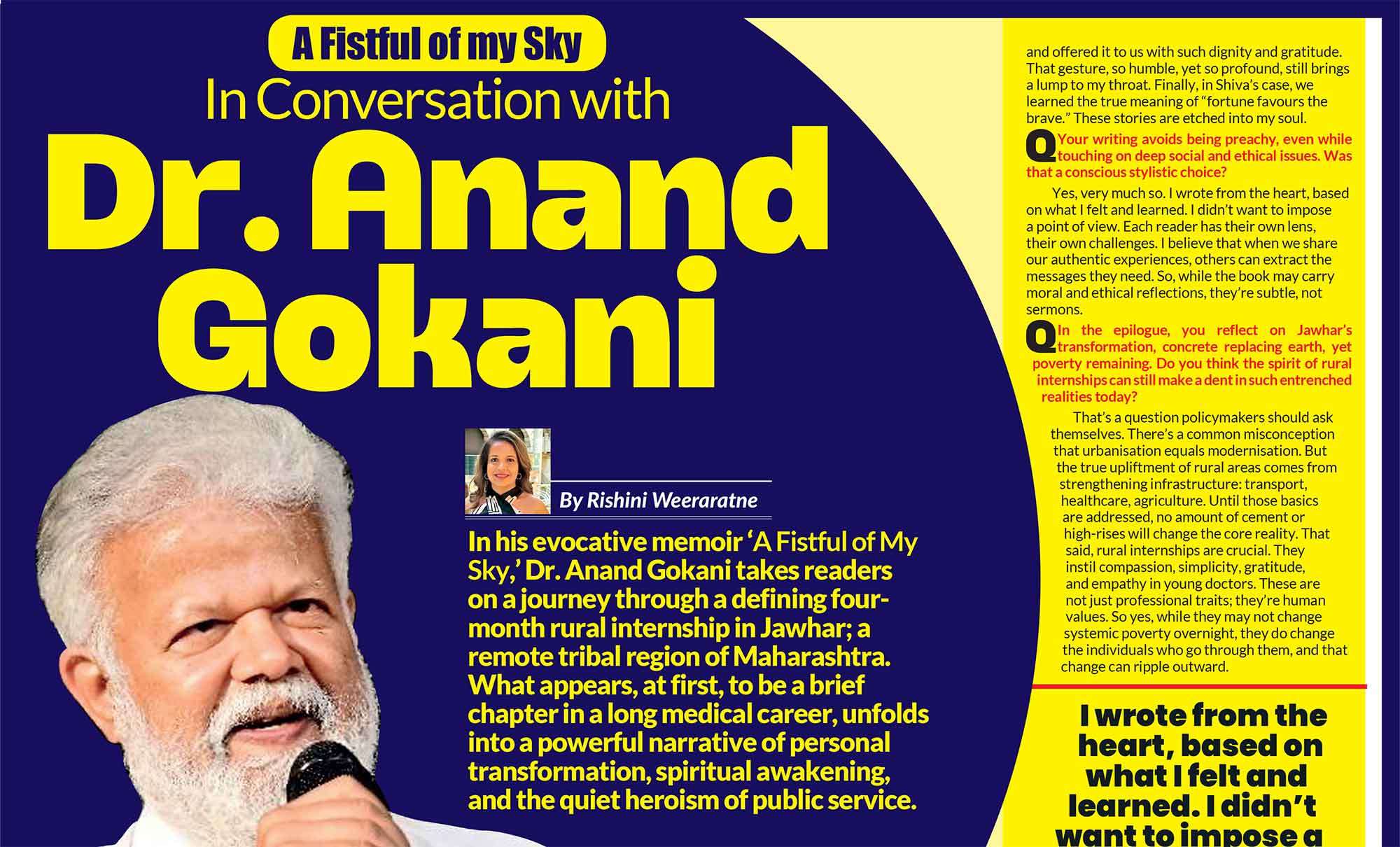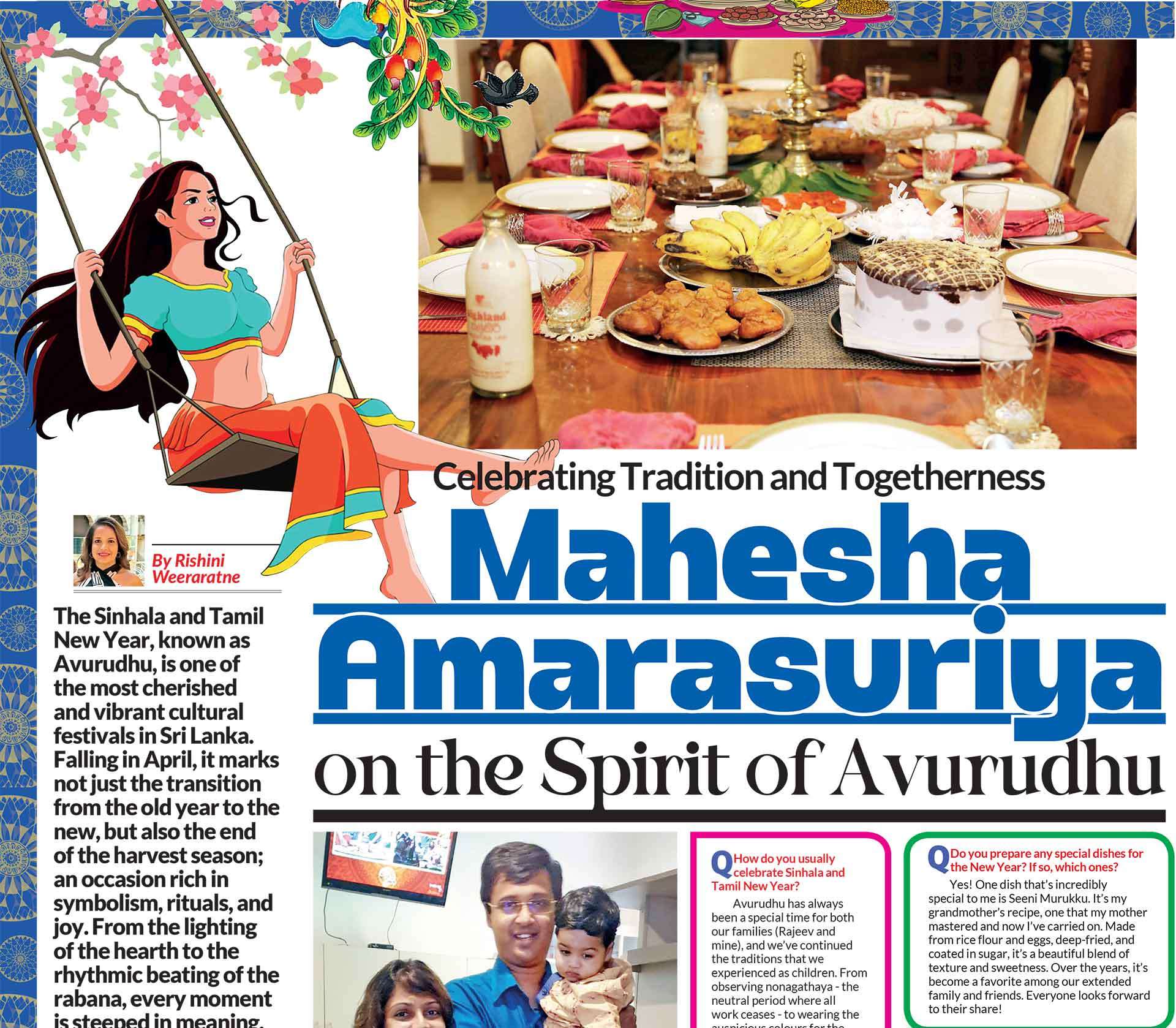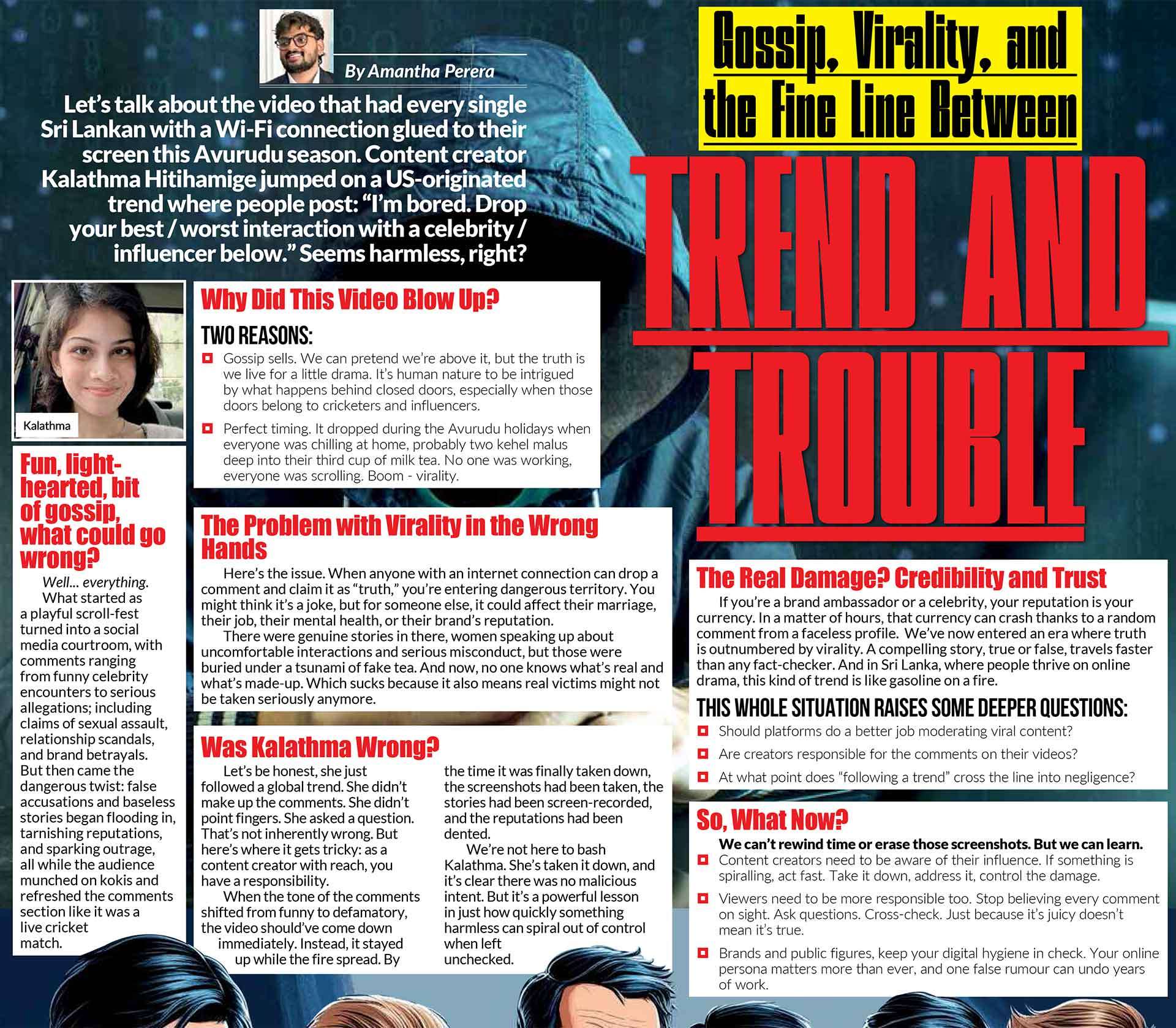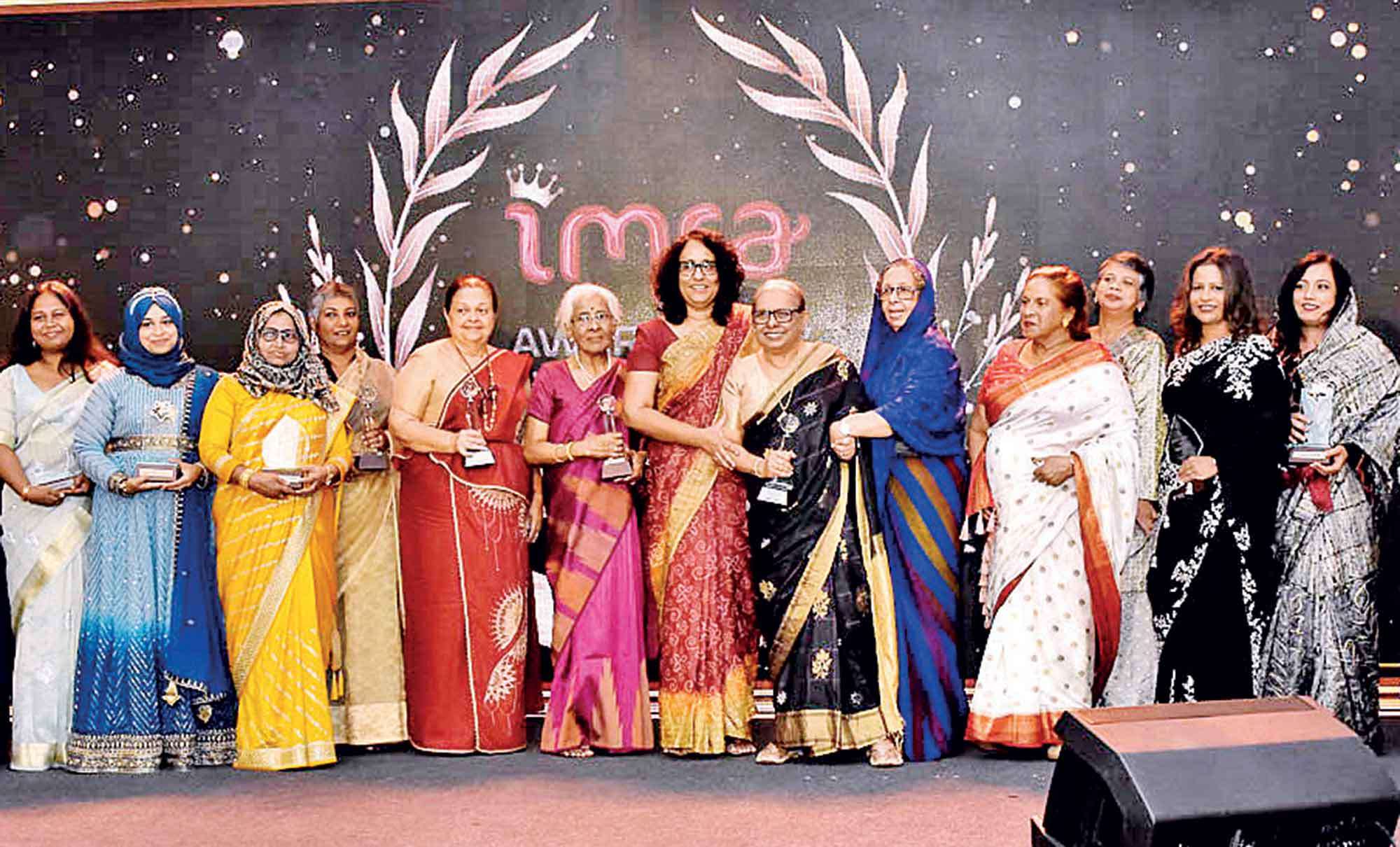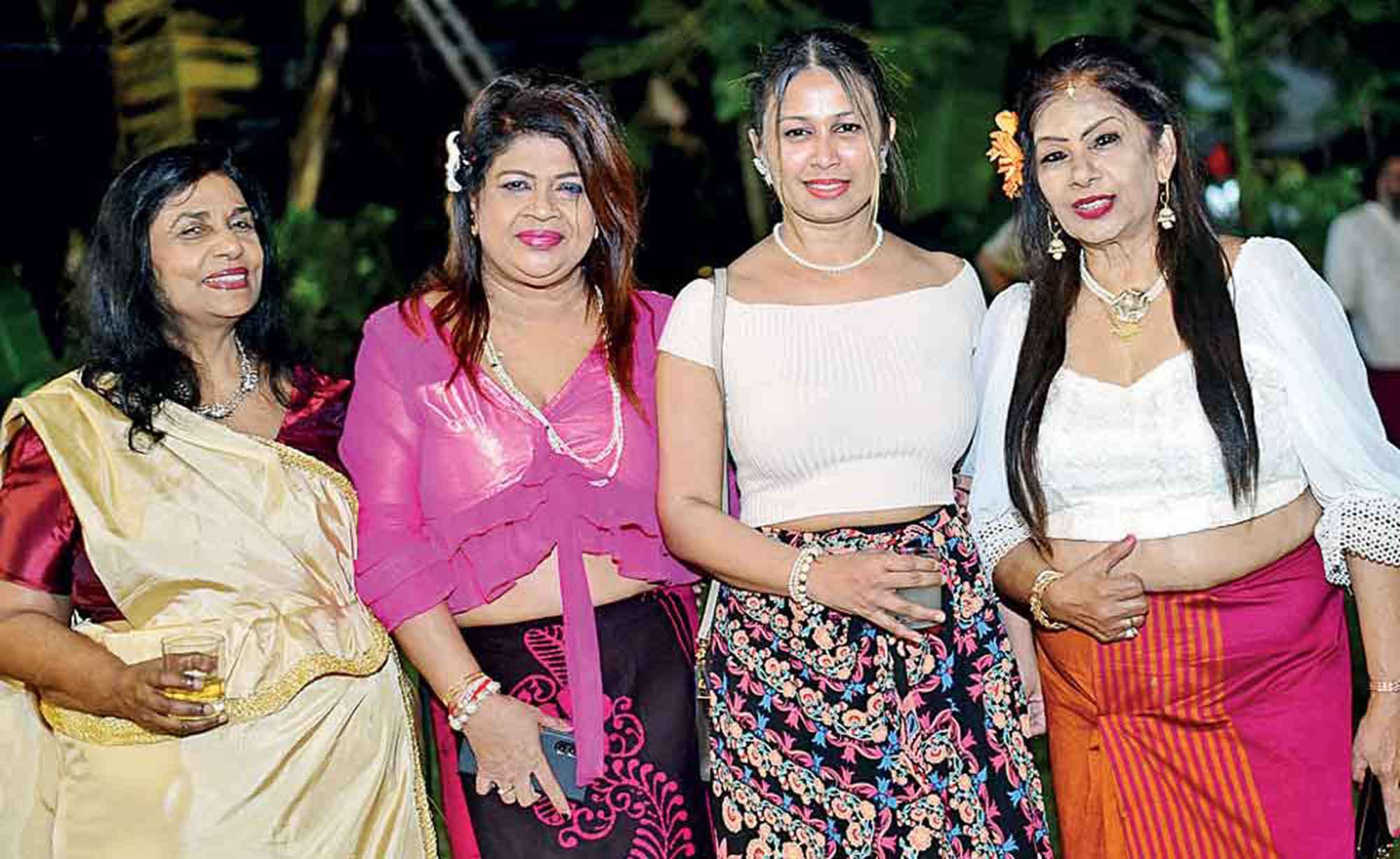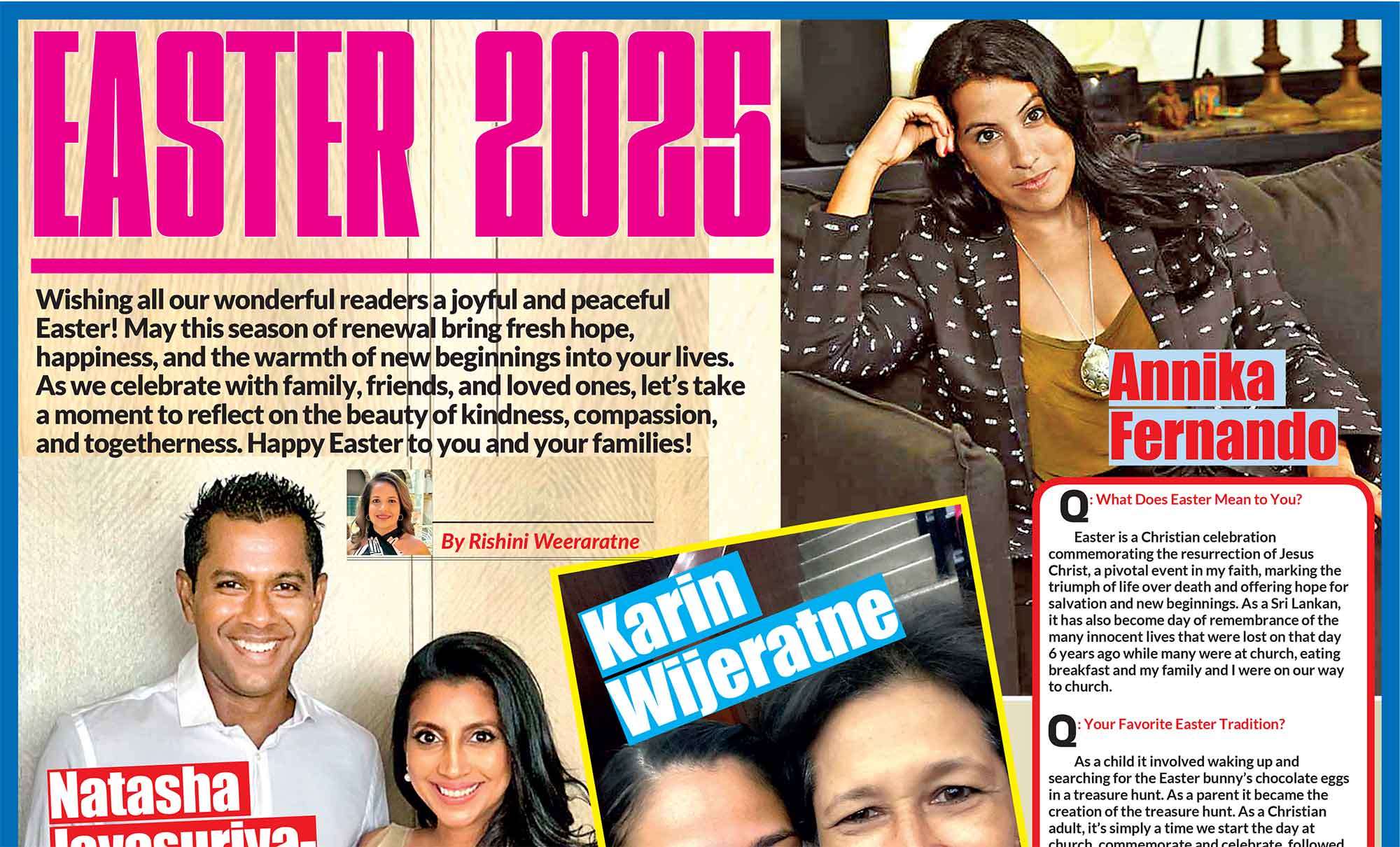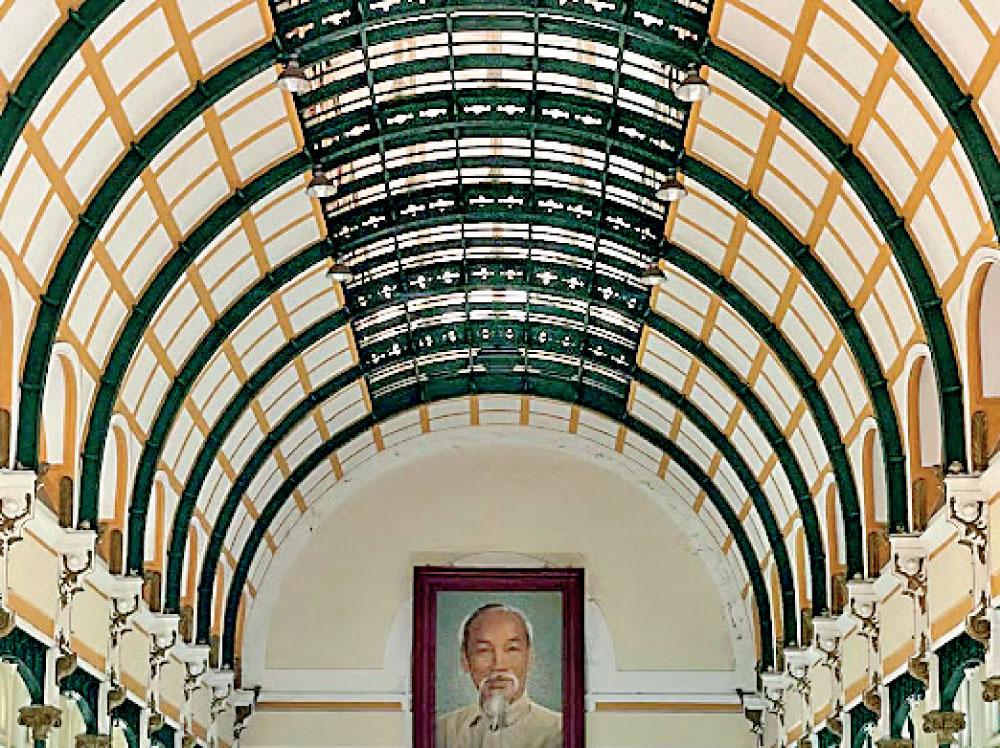
Saigon, or Ho Chi Minh City, to use its official name, is synonymous with chaos. The city is crammed with over 10 million people and 8 million motorbikes! Swanky high-rises are constantly shooting up and the Saigon River wharf is being transformed into an upscale enclave. But if you take a closer look at this pulsing metropolis, you’ll soon find that it feels a lot like a village.
|
Travel Tips: If you’re a Sri Lankan passport holder, you need an e-visa to enter. |
 Busy main streets are tied together by hẻm (alleyways), where you get a taste of the real Saigon. Here, chickens roam free; hole-in-the-wall restaurants use the sidewalk as their seating area; push-cart vendors sell anything and everything; and coffee sellers squat on the ground as they make your iced coffee – not your usual coffee shop experience. Saigon has an undeniable charm, and it’s hard not to fall in love with this city. From cruising along the Mekong Delta to visiting wartime sites, here’s everything you must see, eat, and do in Saigon.
Busy main streets are tied together by hẻm (alleyways), where you get a taste of the real Saigon. Here, chickens roam free; hole-in-the-wall restaurants use the sidewalk as their seating area; push-cart vendors sell anything and everything; and coffee sellers squat on the ground as they make your iced coffee – not your usual coffee shop experience. Saigon has an undeniable charm, and it’s hard not to fall in love with this city. From cruising along the Mekong Delta to visiting wartime sites, here’s everything you must see, eat, and do in Saigon.
Visit Bến Thành Market, the Notre Dame Cathedral of Saigon, and Saigon Central Post Office
Right in the heart of District 1 is Bến Thành Market. The city’s largest market was built in 1912 and is a beautiful display of French Indochinese architecture. It is, by all means, a tourist trap, and expect to be ripped off if you buy anything there, but it is a must-visit while in Saigon. We had a wander through the extensive market with its rows of small vendors, selling anything from fresh seafood to Korean skincare.
From the market, it’s a 10-minute walk to the Notre Dame Cathedral of Saigon and the Central Post Office. Both these buildings were constructed in the 19th century when Vietnam was under French rule. Unlike the market, the French Gothic influences are more apparent in the architecture of these two buildings. From the tiles on the floor to the beautiful stained-glass windows, all the original building materials were brought from France, and the cathedral’s brick walls stand out starkly in the rapidly urbanizing Saigon.
Across the church is the Saigon Central Post Office, which was designed by Gustave Eiffel, yes the architect of the Eiffel Tower. The building is a great photo-op, and you can walk through the large breezy arched building to admire its interior (featuring a massive portrait of President Ho Chi Minh) or even, shockingly, mail a letter.
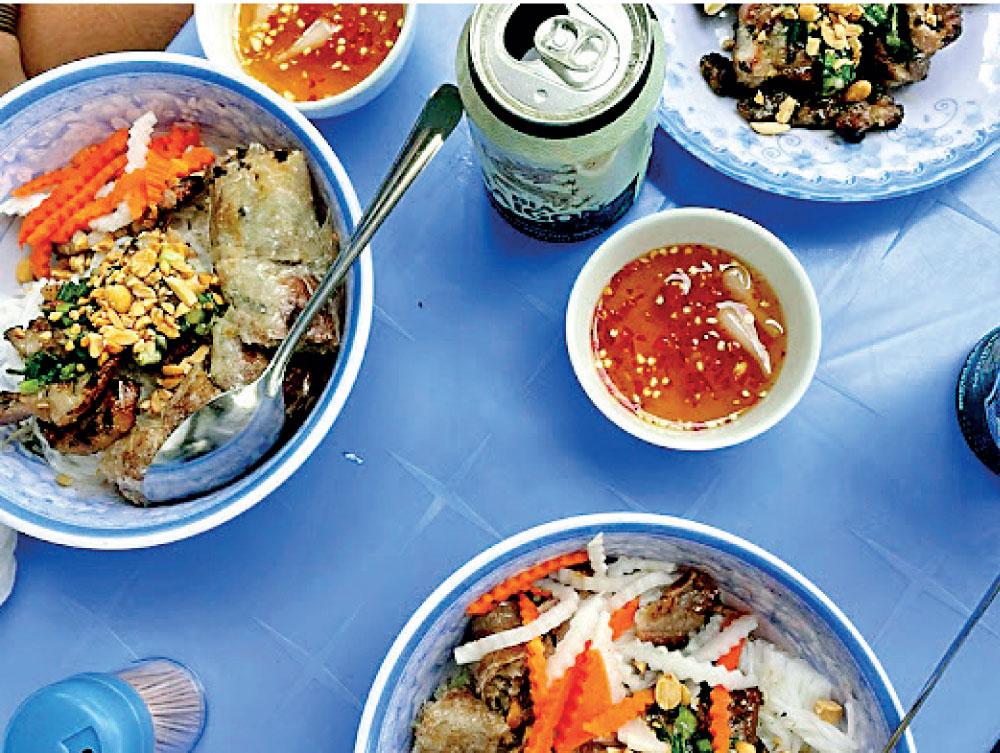
Learn About Its Tumultuous Past
Vietnam has a long, violent, and storied past. However, one of the things I noticed on this trip is how they don’t shy away from it or try to sweep it under the rug.
Instead, they embrace their past. It’s at the forefront and they continue to speak about it so that the younger generation will never forget and never let history repeat itself. Perhaps something Sri Lanka could learn from?
When you’re in the city you must visit the War Remnants Museum. The museum begins with a courtyard that displays planes and tanks that were captured or left behind during the American War, as they call it. It’s a very moving experience as you walk through and learn about the lives lost, and the impact of Agent Orange and napalm on Vietnam. Despite the museum’s sombre tone, you leave with a positive perspective, because you step out onto a bustling street, and it’s instantly obvious how much the country has recovered in just 50 years.
A trip to Saigon would be incomplete without a visit to the Củ Chi tunnels. A two-hour drive north of the sprawling city centre is Củ Chi, the area where the Viet Cong were based before capturing Saigon in 1975. Located in a dense tropical forest, you’re first hit with a wave of humidity when you get out of your car; then you hear the gunshots in the distance. Visiting the tunnels is a sensory and emotional experience. You get to crawl through the small, dark, claustrophobic tunnels that the Viet Cong used, see what life was like for them, and also hear the constant shelling they were accustomed to, because of the firing range close to the tunnels. It teaches you a lot about Vietnamese ingenuity and resilience, and how they outwitted the Americans.
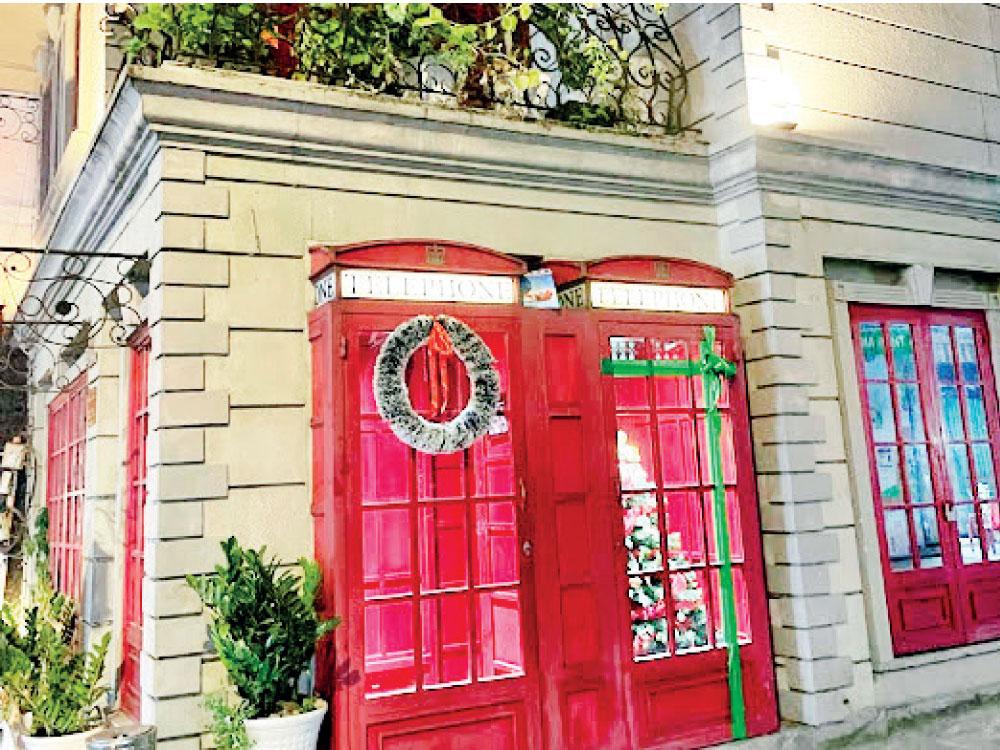
Cruise Along the Mekong River Delta
The Mekong River is one of the longest rivers in Asia. It begins in the Tibetan Plateau and slowly winds through Southwest China, Myanmar, Laos, Thailand, and Cambodia before it empties into the sea in Vietnam. The cruise begins in a large wooden boat, and you’re treated to a lovely view of the city’s skyline with a few colonial buildings on the river’s edge.
We got off at an island-cum-village where we were guided through a pomelo grove, bee farm, and even a “factory” that makes tasty coconut candy, that’s not too sweet. After that, we toured the lively backwaters of the Mekong Delta on a rowboat. People would be fishing, carting their produce (or tourists), or running daily errands, as they weaved through the tight palm-fringed waterways. This was a wonderful glimpse into rural village life, albeit a little touristy…
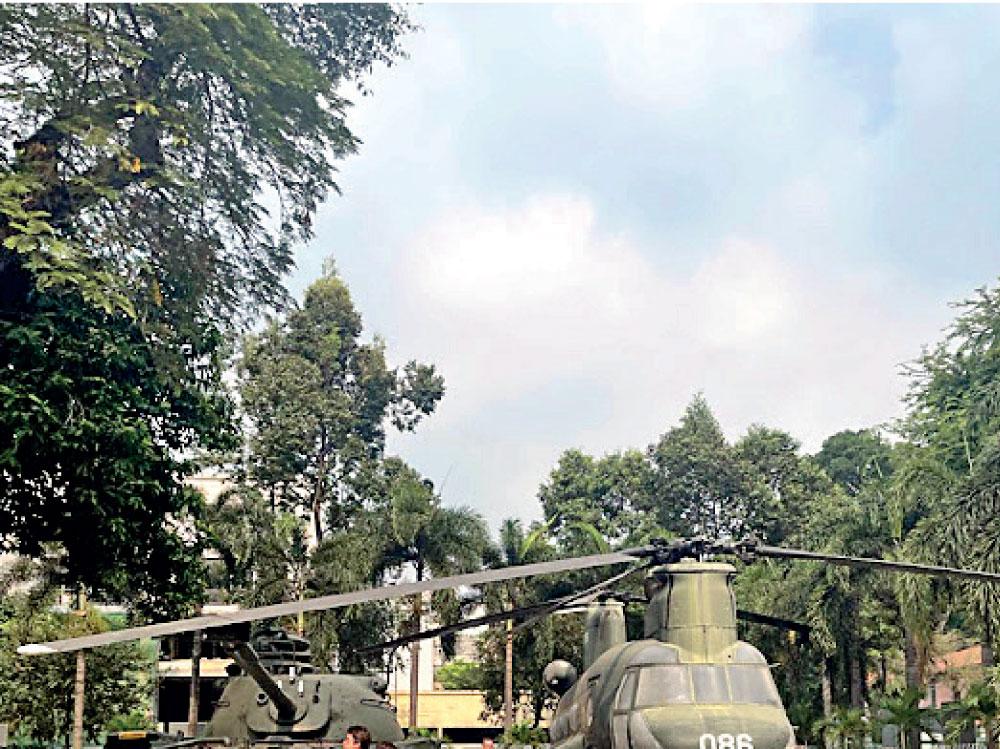
Experience the Nightlife
As with any big city, Saigon has a thriving nightlife. The city’s non-stop energy feels electric at any time of the day, or night. During rush hour, all the motorbikes zooming by look like a swarm of locusts, waiting to envelop anything in sight. While you’d expect that buzz to slow down by evening, the swarm of locusts just transforms into fireflies, who flit about the city lighting up the darkness.
Bui Vien Street, or Beer Street, has all the trappings of a night market in Bangkok. Groups on either their stag or hen nights fill the street; girls (and boys) dance on speakers to attract the crowd to their establishment, as well as pushy club promoters; and mothers carrying babies walk through the crowd hoping to guilt-trip tourists into buying something. The street can be overwhelming, but its surroundings have nice restaurants and bars. One bar we enjoyed was the Telephone Bar, a speakeasy you had to enter through an old-school telephone booth. Once inside, there isn’t a menu for you to choose from, instead, the bartender makes a special cocktail based on your preferences.
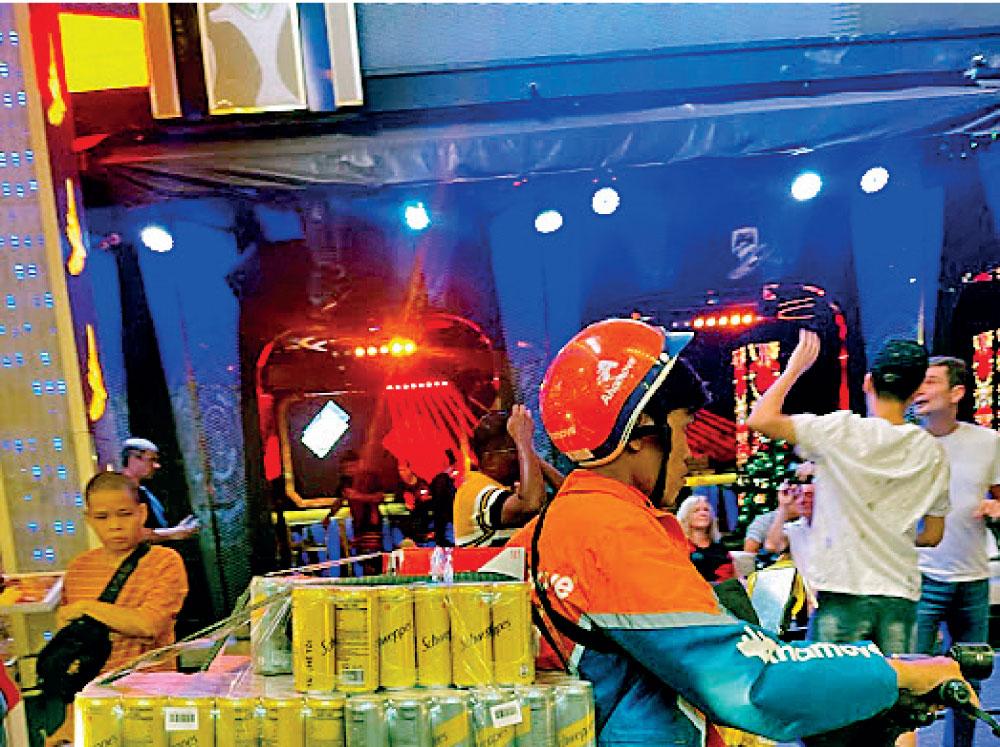
Stay “Pho” the Food & Coffee
This trip completely changed my perspective on Vietnamese cuisine, and maybe even dining in general. I grew up in a rather germaphobe household, so street food was not necessarily something I would gravitate to. But for our very first meal, we went to this small unassuming “restaurant” in District 1 and it’s had a chokehold on me ever since.
Under the shadow of the huge Takashimaya Mall, the restaurant consisted of low plastic stools and tables on the sidewalk, while the “kitchen” was a man barbecuing pork skewers on the side of the road. The only items on the menu were crispy spring rolls and bún thịt nướng (grilled pork with rice noodles) and they were delicious.
Vietnamese food is served with a mountain of fresh herbs and pickles, and I loved the bright tanginess it brought to each dish. Another southern Vietnamese specialty was cơm tấm (grilled pork with broken rice), which you can get pretty much anywhere.
Vietnam has a vibrant coffee culture, and you’re guaranteed a good cup of coffee whether you go to a hole-in-the-wall coffee shop or a more upscale cafe. A classic order is the cà phê sữa đá, which is strong Vietnamese coffee mixed with sweetened condensed milk. But take the time to try out different types of coffee like coconut coffee, yoghurt coffee (both akin to a smoothie), corn coffee and salted coffee.
There is a powerful energy to Saigon. It is a city that blurs the lines between the old and the new. Other places with tumultuous pasts long for a time gone by, but Saigon looks to the future. The constant optimism is contagious. The city is fearless, playful, random, chaotic, and delicious. It is a feast for the senses, and I hope you fall in love with Saigon while you explore it, as I did.
